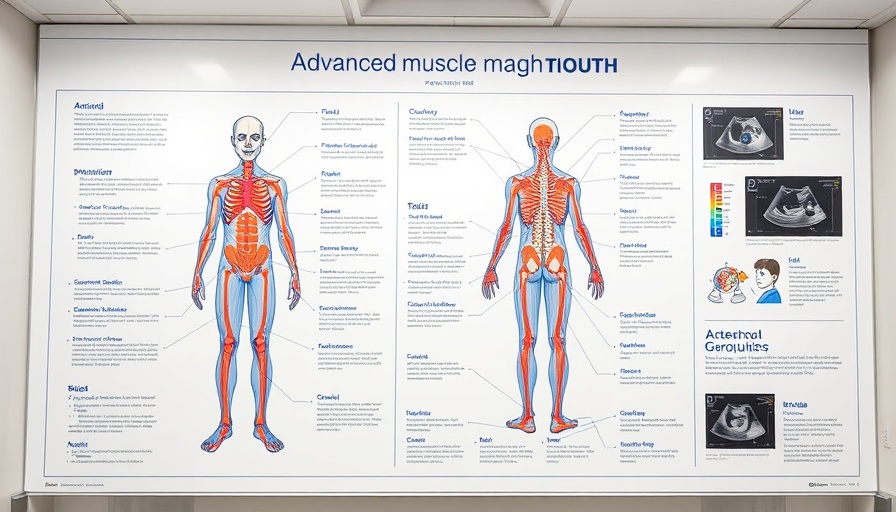
Revolutionizing Muscle Mapping for Neurological Treatments
Researchers at Carnegie Mellon University have made significant strides in advancing our understanding of muscle activity in challenging environments such as the forearm. By employing high-density surface electromyography (HD-sEMG) sensors alongside techniques like peripheral nerve stimulation and ultrasound imaging, their innovative approach fosters more precise identification of muscle activity. This breakthrough has profound implications for treatment strategies aimed at neurological injuries, as well as in enhancing the functionality of prosthetic limbs.
Unlocking the Secrets of Muscle Activity
This pioneering research, published in the Journal of Neurophysiology, details a method that uses a 64-channel grid applied to the skin. This grid captures electrical signals—specifically M-waves—generated by active muscle contractions. One of the standout features of this HD-sEMG system is its ability to spotlight muscle activity while minimizing electrical interference from adjacent muscles, a challenge known as crosstalk.
Advancing Neurorehabilitation Practices
The implications of this research extend far into practical healthcare applications. For instance, accurately pinpointing muscle strength and location without distortion is critical for diagnosing various motor function issues linked to stroke, spinal cord injuries, and other neurological conditions. Such precision can significantly enhance physical rehabilitation exercises tailored to individual patient needs, thus facilitating recovery.
Future Trends: Enhancing Prosthetic Control
Further applications of this research include improving prosthetic limb control. The ability to electrically stimulate specific nerves allows researchers to target and activate particular muscles, yielding more responsive and intuitive prosthetic devices. As the technology evolves, we can anticipate more fluid interaction between natural muscle feedback and artificial limbs, ultimately offering a better quality of life for amputees.
The Patient Experience: Addressing Real-World Challenges
Ernesto Bedoy, a postdoctoral researcher leading the study, emphasizes the clinical observations they are currently conducting with patients, including stroke survivors experiencing hemiplegia and amputees struggling with phantom limb pain. By utilizing their advanced muscle mapping methods, these studies aim to better understand muscle behavior and how to effectively manage pain and physical limitations that often accompany neurological injuries.
Opportunities for Collaboration and Community Engagement
This research opens a dialogue among health and wellness communities about the importance of integrative approaches to neurological rehabilitation. Engaging with local health centers contributes significantly to raising awareness on how technological advancements can complement traditional therapeutic practices. By highlighting community health and wellness events, stakeholders can foster new partnerships that promote optimal health solutions, engaging both patients and practitioners.
Navigating the Path to Optimal Health
For readers invested in achieving their own health and wellness goals, it’s valuable to explore initiatives, educational resources, and workshops that focus on connecting technology and personal health. Local health and wellness centers are becoming increasingly aware of the advantages of these scientific innovations, and by fostering a community of well-informed participants, we can support the advancement of safety and efficacy in health treatments.
 Add Row
Add Row  Add
Add 




 Add Row
Add Row  Add
Add 


Write A Comment